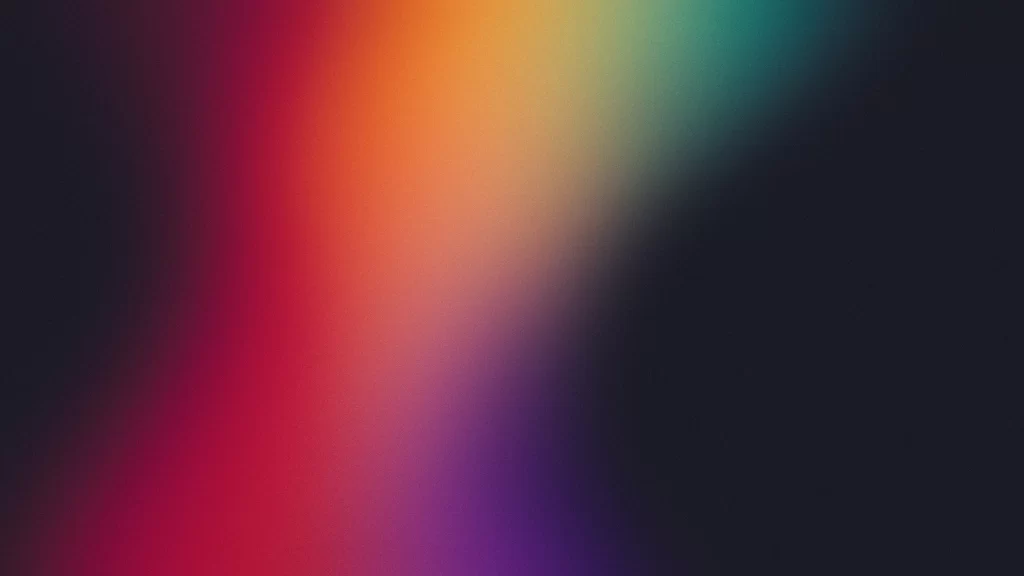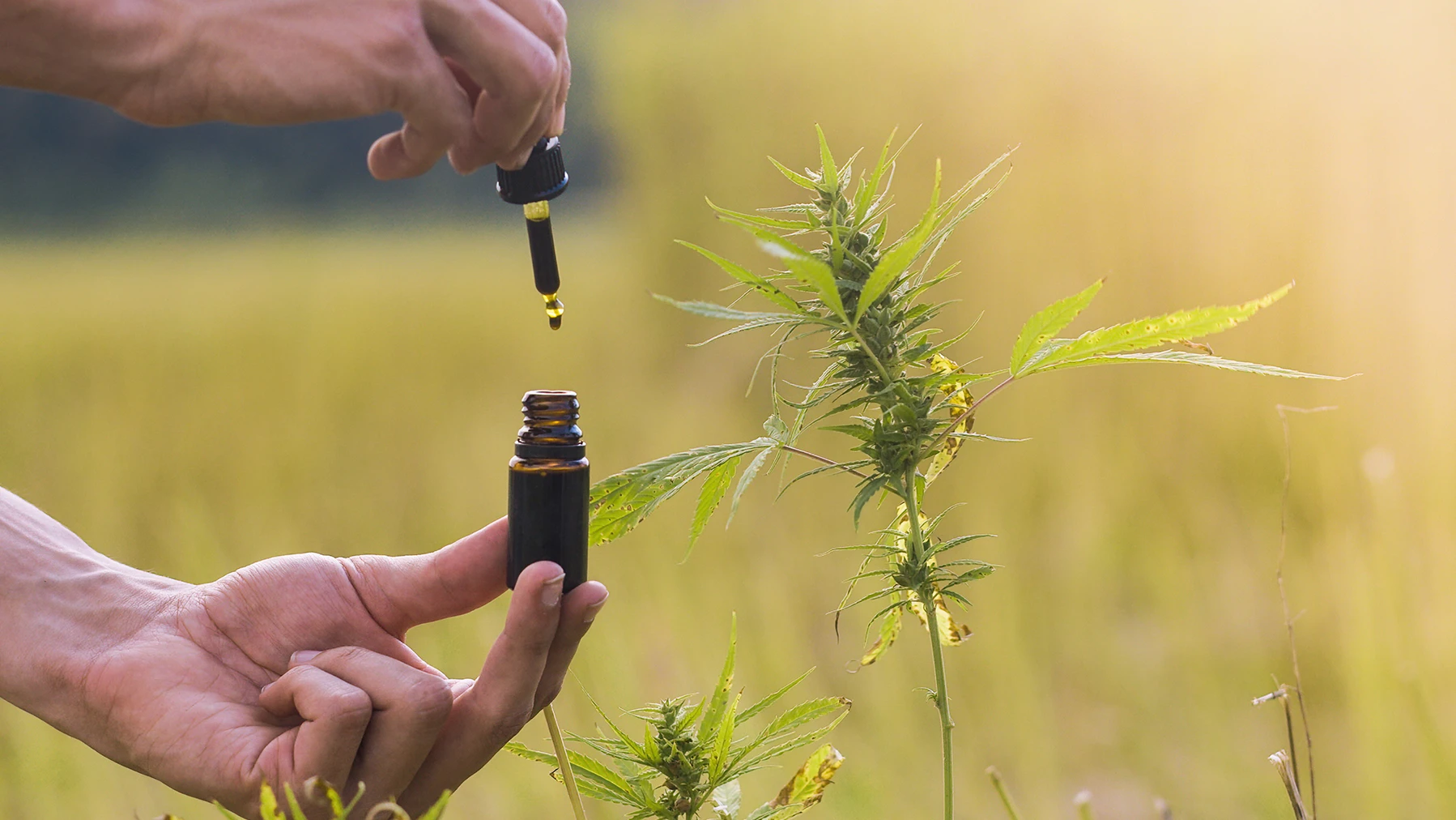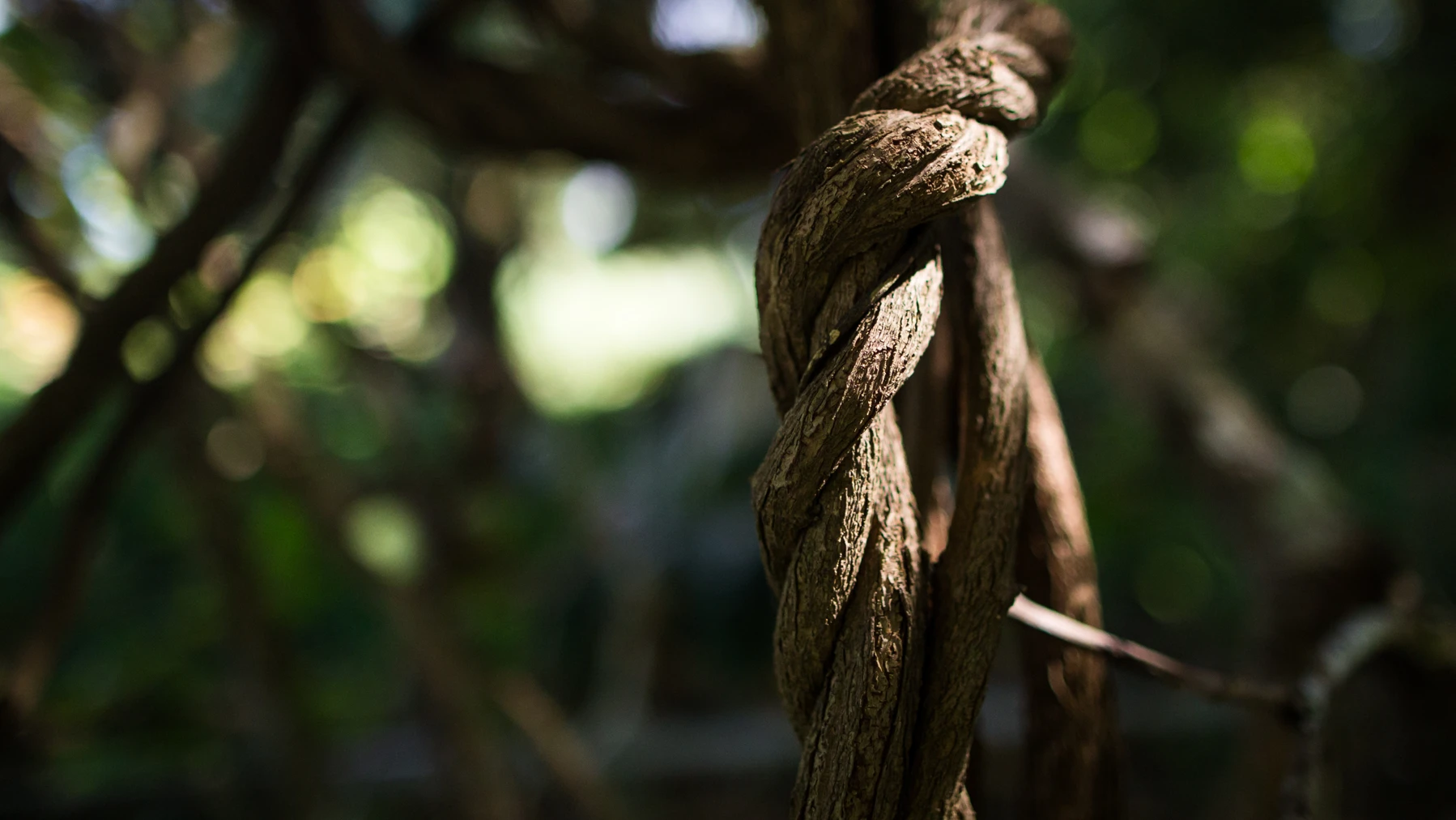
Psychedelics have re-emerged from the shadows of counterculture in the last decade, becoming a topic of scientific inquiry and pop-culture interest. Psychedelics have been routinely associated with creativity enhancement – from the studios of artists to pages of scientific journals, they are increasingly being recognised for their unique abilities.
The psychedelic renaissance
Psychedelics such as LSD, psilocybin (magic mushrooms), and DMT have a long history of use in various cultures for spiritual and healing purposes. In the 1960s, they gained popularity in the West for their mind-expanding properties, particularly among creative professionals. However, the subsequent backlash and criminalisation pushed them underground. Today, a resurgence of interest, bolstered by rigorous scientific research, is shedding new light on how these substances can enhance creative thinking.
Artists and psychedelics
Artists have long been at the forefront of exploring the creative potential of psychedelics. Visionary painters like Alex Grey have used substances such as LSD and DMT to access deeper layers of consciousness and bring forth intricate, otherworldly imagery. The fluidity and vividness of psychedelic experiences often translate into bold and innovative artistic expressions.
The legendary Surrealist artist Salvador Dalí was known for his fascination with altered states of consciousness. Although not explicitly tied to psychedelics, Dalí’s techniques for inducing hallucinatory visions through self-imposed trance states mirror the kind of creative processes reported by modern psychedelic artists.
Musicians and psychedelics
The music world, too, has a rich history of psychedelic exploration. The Beatles’ seminal album “Sgt. Pepper’s Lonely Hearts Club Band” is often cited as a product of their experimentation with LSD. The rich, layered sounds and innovative studio techniques pioneered during this period revolutionized modern music.
Jimi Hendrix, one of the greatest guitarists of all time, was known for his use of psychedelics. His groundbreaking approach to music—characterized by experimental sounds and innovative techniques—was heavily influenced by his experiences with these substances.
Writers and psychedelics
Writers have also turned to psychedelics to push the boundaries of narrative and style. Aldous Huxley’s ‘The Doors of Perception’ is a classic account of his experiences with mescaline, offering profound insights into the nature of human perception and creativity. More recently, authors like Michael Pollan have documented their own psychedelic journeys, exploring how these experiences can unlock new dimensions of thought and imagination.
Scientific research to psychedelics and creative thinking
Scientific interest in the connection between psychedelics and creativity is growing. Studies have shown that psychedelics can increase connectivity between different brain regions, leading to a state known as hyperconnectivity. This state can enhance creative thinking by allowing for more flexible and unconventional associations between ideas.
A study published in Drug Science and another study published in the Journal of Psychoactive Drugs both demonstrate that psychedelics are associated with creative thinking.
How psychedelics enhance creativity
Psychedelics enhance creativity through several mechanisms:
- Increased Neural Connectivity: Psychedelics promote communication between brain regions that don’t typically interact, fostering novel connections and ideas.
- Ego Dissolution: Many psychedelics induce a state of ego dissolution, where the usual boundaries of self are diminished. This can lead to a sense of unity and interconnectedness, broadening one’s perspective and enabling more holistic thinking.
- Emotional Release: Psychedelics often bring repressed emotions to the surface, allowing individuals to confront and integrate these feelings. This emotional catharsis can unblock creative energies and lead to deeper artistic expression.
- Enhanced Sensory Perception: Users often report heightened sensory experiences, with colors appearing more vivid and sounds more nuanced. This sensory enhancement can inspire artists and musicians to experiment with new forms and techniques.
Interested in expanding your understanding of psychedelics? How Plantific can help
As research continues to uncover the potential benefits of psychedelics, their role in enhancing creativity becomes increasingly evident.
At Plantific our Introduction to the Science of Psychedelics course provides an overview on the history, science and ethics of psychedelics.
Our course can provide you with all of the necessary knowledge to effectively navigate the complex galaxy of psychedelic medicines. The Introduction to the Science of Psychedelics course offers you a competitive edge in preparation for the challenges and opportunities in this rapidly-evolving field. Broadly speaking, the course focuses on the following concepts:
- Historical summary
- Substance overview
- Medical applications
- Clinical practice
- Research
- Ethics and bio-cultural sustainability
If you are interested in learning more about how Plantific can help you on your Psychedelic knowledge journey, explore the various courses we offer.


